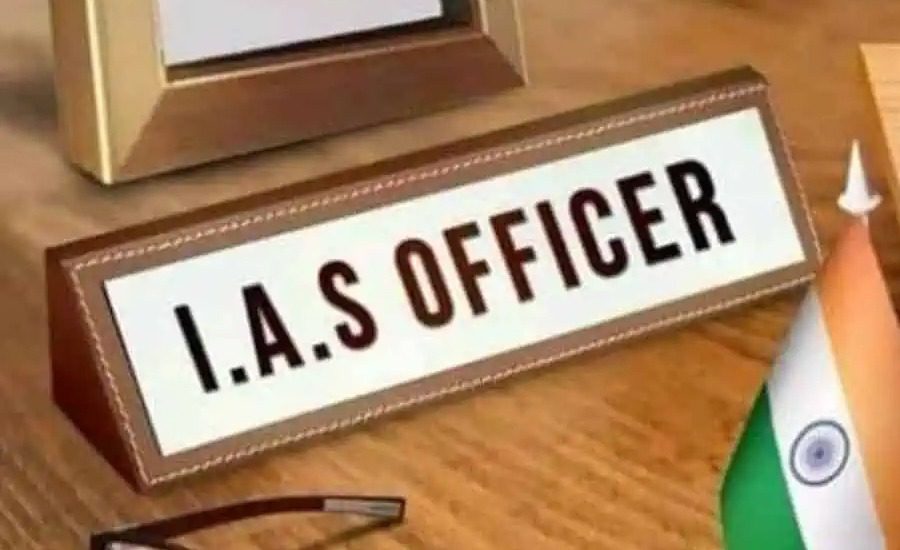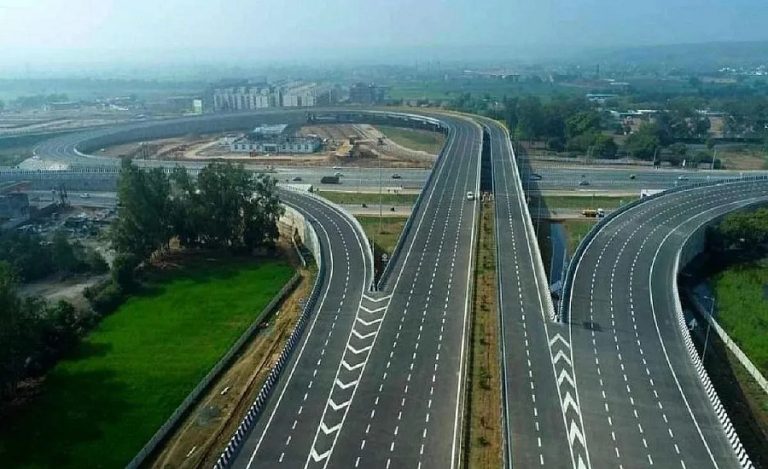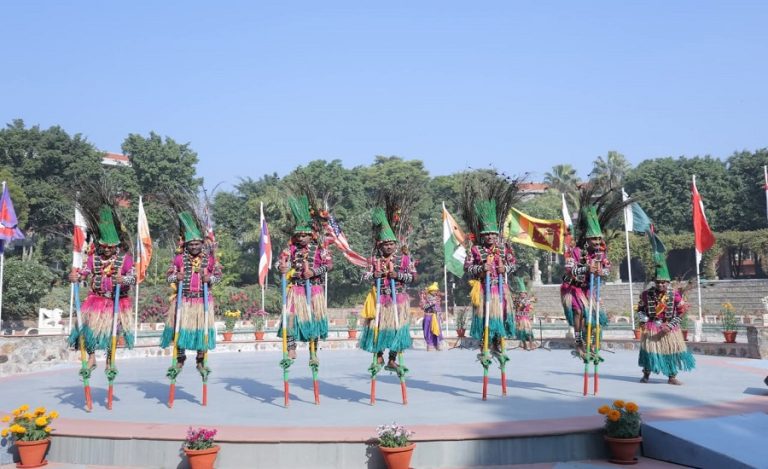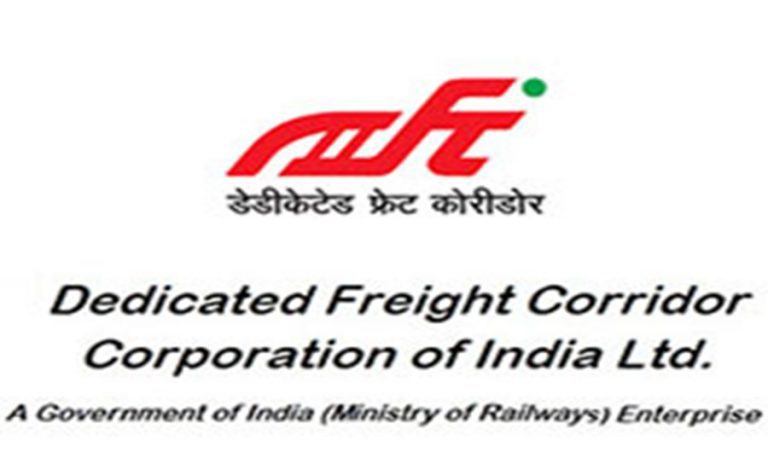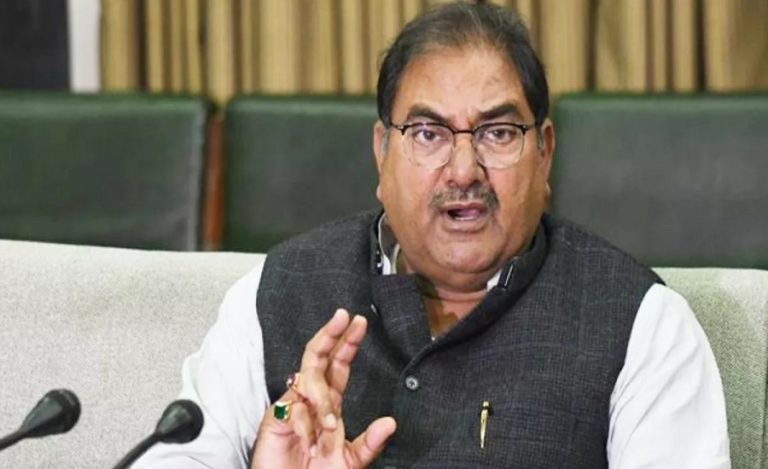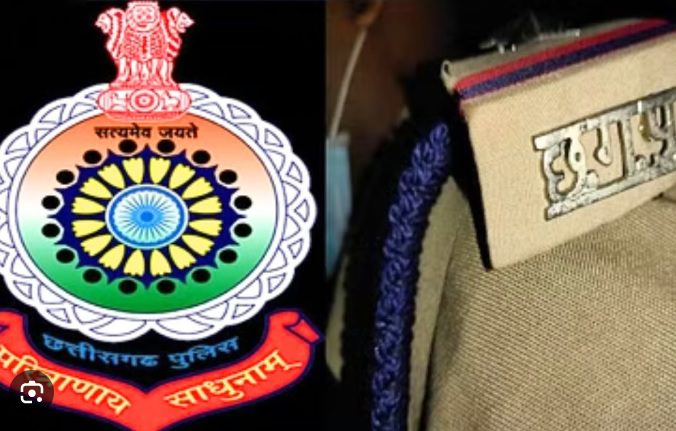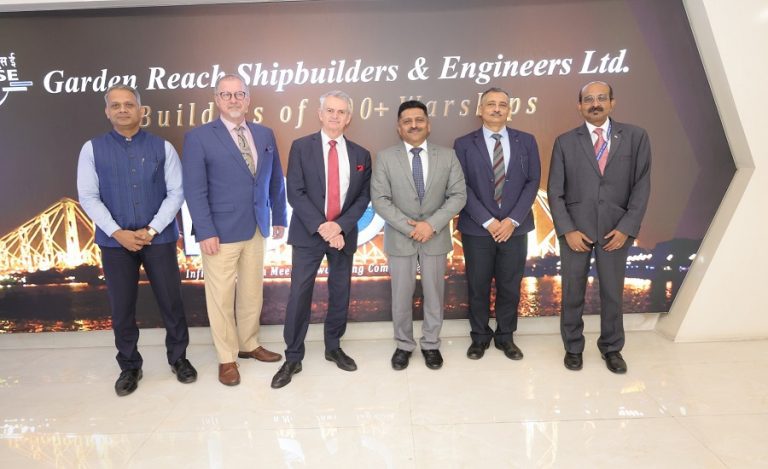In a massive anti-corruption operation that has sent shockwaves through Maharashtra’s administrative circles, the Enforcement Directorate (ED) has unearthed a sprawling bribery and money laundering racket centered on illegal construction in Vasai-Virar. At the heart of the scandal is Mr. Anilkumar Khanderao Pawar, a 2014-batch Indian Administrative Service (IAS) officer and former Chief Executive Officer of the Mumbai Metropolitan Region Slum Rehabilitation Authority.
Mr. Pawar is accused of orchestrating a deep-rooted criminal network within the Vasai-Virar City Municipal Corporation (VVCMC), allegedly involving multiple senior officials across departments such as town planning, engineering, and finance. The racket functioned as a coordinated syndicate, systematically extorting bribes from builders in exchange for turning a blind eye to unauthorized constructions. The ED’s probe uncovered that 41 illegal buildings—both residential and commercial—were allowed to come up on public and private lands, including zones reserved for sewage treatment and waste disposal.
Pay-Per-Square-Foot: How the Scam Was Run from Within the System
What sets this case apart is the structured nature of the bribery. ED’s investigation revealed that a commission of Rs. 150 per square foot was levied on each unauthorized construction, of which Rs. 50 went directly to Mr. Pawar. In addition, separate bribes were charged for permissions in different zones—Rs. 20–25 in urban zones and Rs. 62 in green zones. This calculated model of extortion highlights the bureaucratic efficiency with which the illegal operation was run, even as it blatantly violated every rule in the book.
The illegal constructions, most of them sanctioned unofficially, were in direct violation of the approved development plan of Vasai-Virar. Several of these buildings stood on land earmarked for sewage treatment plants and dumping grounds, showcasing the severe environmental and civic implications of the scam.
Court Orders Demolition as Residents Seek Relief in Vain
After several FIRs were filed by the Mira-Bhayandar Police Commissionerate, the matter reached the Bombay High Court. On July 8, 2024, the court ordered the demolition of all 41 illegal buildings. A Special Leave Petition filed by the affected families in the Supreme Court was dismissed, cementing the High Court’s ruling. The judicial process confirmed the illegal nature of the constructions and highlighted the failure of municipal checks and balances.
ED Tightens the Noose: Arrests, Assets, and Cash Seizures
As the probe deepened under the Prevention of Money Laundering Act (PMLA), the ED moved swiftly to dismantle the financial framework of the racket. Mr. Pawar, along with the then Deputy Director of Town Planning Mr. Y.S. Reddy and two others, was arrested on July 13, 2025. All four remain in judicial custody. A prosecution complaint was filed on October 10, 2025, but the Special PMLA Court has not yet taken cognizance.
The ED has provisionally attached properties worth Rs. 71 crore, including Rs. 44 crore directly linked to Mr. Pawar. The agency also seized Rs. 8.94 crore in cash, Rs. 23.25 crore worth of jewelry, and froze Rs. 13.86 crore across bank accounts, shares, and fixed deposits. In a related raid, officials discovered Rs. 1.3 crore in cash at a relative’s home and identified a Rs. 3.4 crore bribe delivered to another relative in Dadar via angadia, a traditional cash courier system.
Shell Companies and Lavish Spending: Laundering the Loot
To convert the bribe money into seemingly legitimate wealth, Mr. Pawar allegedly used multiple shell entities and benami investments in the names of his wife, daughters, and relatives. The laundered money was funneled into various high-value assets, including luxury jewelry, designer saris, farmhouses, and warehouses. Most significantly, investments were made in residential projects and real estate holdings under the names of family members to mask the origins of the funds and present them as lawful assets.
Urban Governance in Crisis: A Wake-Up Call for Civic Reforms
This case has reignited discussions around systemic corruption in urban governance. Experts have expressed alarm at how civic bodies, especially those tasked with regulating urban development, have become hotbeds of illicit activity. With unauthorized construction eating into public land and violating environmental norms, the need for strict regulatory oversight and transparent governance has never been more urgent.
Planning permissions, slum rehabilitation schemes, and environmental clearances are now under fresh scrutiny, with demands growing for institutional reforms and stricter accountability. The case also calls attention to the lack of internal whistleblower protections within municipal corporations, which often enables such illegal operations to flourish unchecked.
State Government to Launch Reforms and Accountability Measures
In the wake of this scandal, the Maharashtra government is expected to roll out a series of reforms. These include a statewide audit of all urban local bodies, the introduction of vigilance mechanisms for high-risk civic appointments, and a reassessment of Development Control Regulations (DCRs) in rapidly urbanizing regions such as Vasai-Virar.
The case is likely to serve as a blueprint for future governance reform in Maharashtra and possibly across India, especially in urban planning and infrastructure sectors that are vulnerable to political and bureaucratic interference. With public trust shaken and administrative accountability questioned, the outcome of this investigation may shape the trajectory of urban development policy in the state.

